NIF Journeys to Ignition
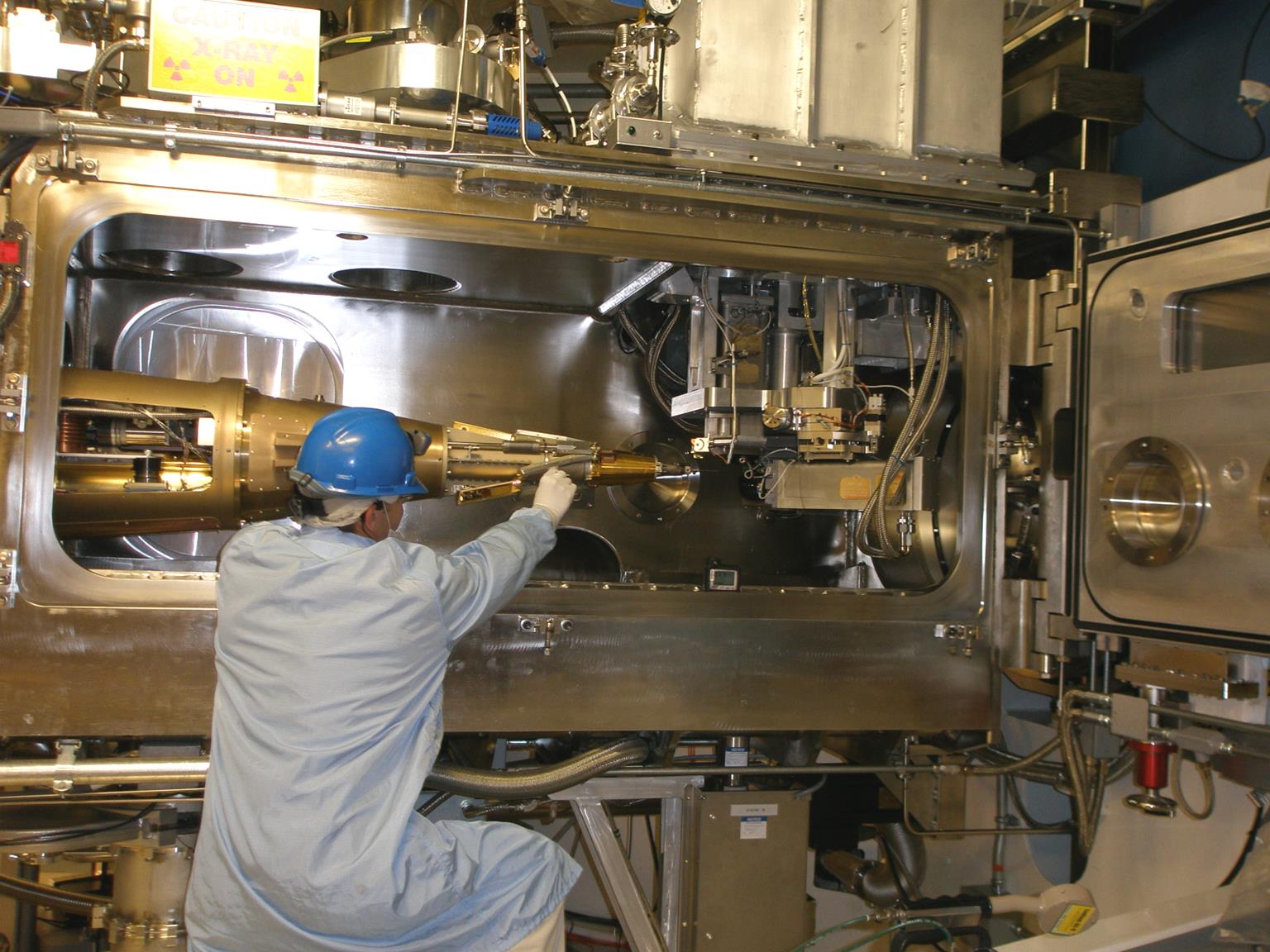 December 5, 2022, marked a historic breakthrough in the field of fusion research as scientists achieved ignition, a momentous achievement that has been a scientific grand challenge spanning over 50 years. The National Ignition Facility (NIF) within the Lawrence Livermore National Laboratory (LLNL) achieved an igniting fusion reaction where the nuclear energy output surpassed the input of optical energy—a remarkable feat known as ignition.
December 5, 2022, marked a historic breakthrough in the field of fusion research as scientists achieved ignition, a momentous achievement that has been a scientific grand challenge spanning over 50 years. The National Ignition Facility (NIF) within the Lawrence Livermore National Laboratory (LLNL) achieved an igniting fusion reaction where the nuclear energy output surpassed the input of optical energy—a remarkable feat known as ignition.


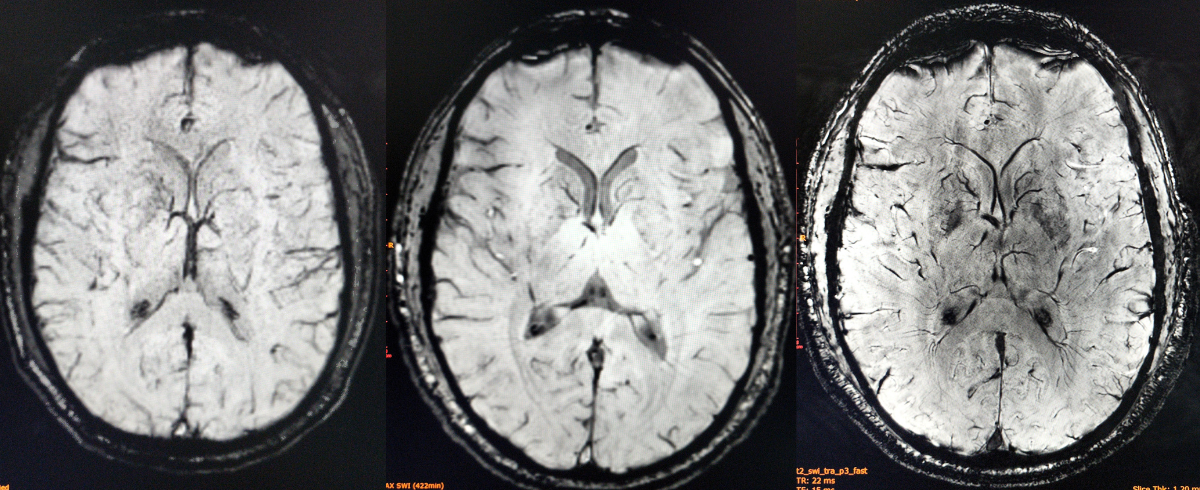 The University of Illinois Urbana-Champaign (UIUC) and Carle Health, a vertically integrated healthcare system with hospitals, physician practices and a medical school, have formed a unique partnership to co-own and operate a Siemens Healthineers MAGNETOM Terra 7 Tesla MRI scanner. This collaboration has significant implications for both research and clinical care. The scanner, with its high-powered magnetic field and advanced neuroimaging capabilities, offers transformative potential.
The University of Illinois Urbana-Champaign (UIUC) and Carle Health, a vertically integrated healthcare system with hospitals, physician practices and a medical school, have formed a unique partnership to co-own and operate a Siemens Healthineers MAGNETOM Terra 7 Tesla MRI scanner. This collaboration has significant implications for both research and clinical care. The scanner, with its high-powered magnetic field and advanced neuroimaging capabilities, offers transformative potential.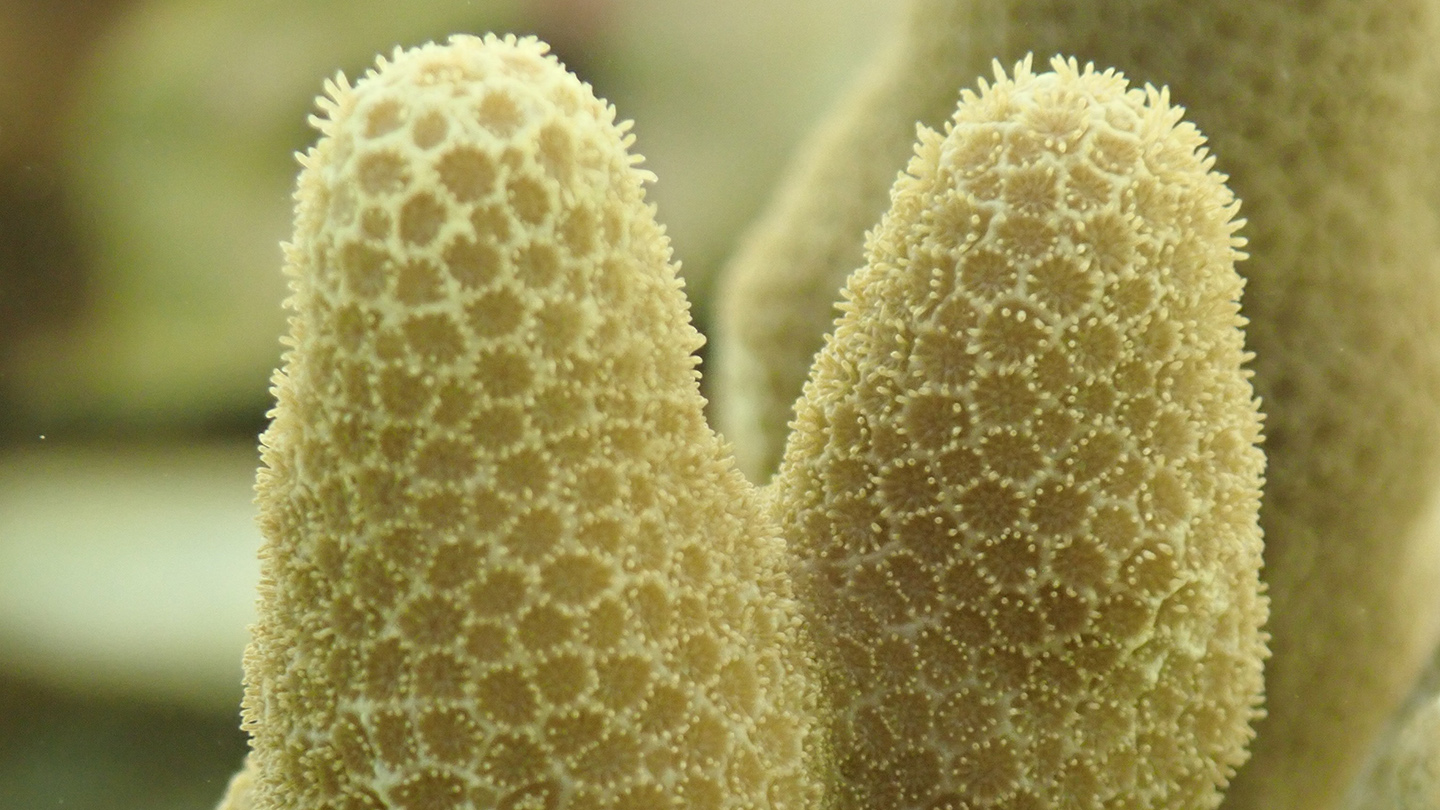 Like something out of science fiction, small colonies of mature corals have been safely frozen and revived for the first time, though more work will be needed to ensure their long-term survival, researchers report reported in Nature Communications. Freezing chunks of living corals for safekeeping — or cryopreserving them — could save them from extinction as the oceans heat up and acidify from human-caused climate change.
Like something out of science fiction, small colonies of mature corals have been safely frozen and revived for the first time, though more work will be needed to ensure their long-term survival, researchers report reported in Nature Communications. Freezing chunks of living corals for safekeeping — or cryopreserving them — could save them from extinction as the oceans heat up and acidify from human-caused climate change.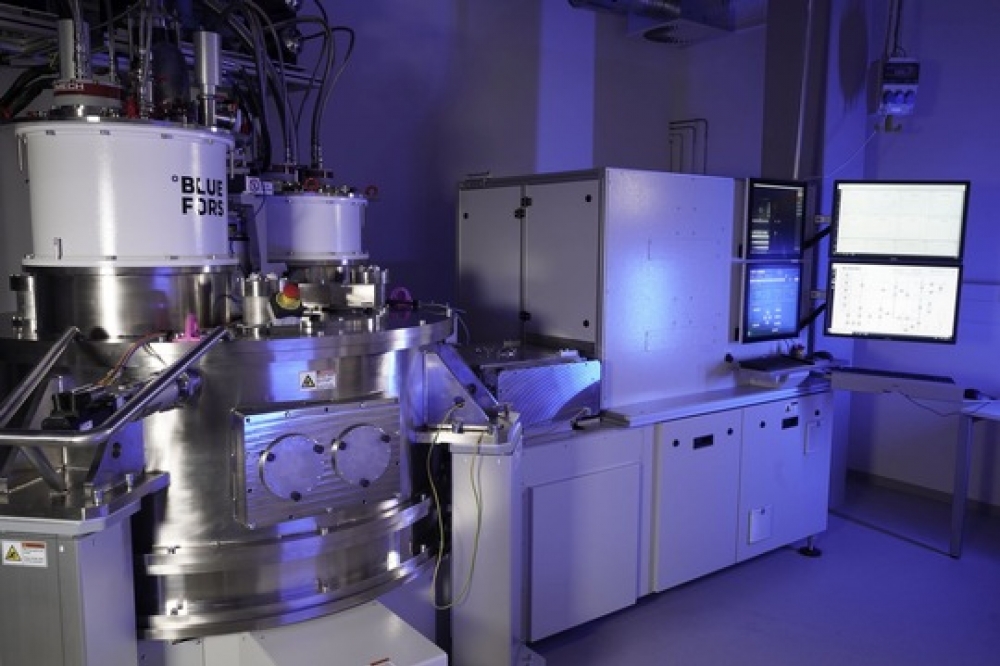 Germany's first cryogenic measuring setup for the statistical quality measurement of qubit devices on 200- and 300-mm wafers has commenced operation at Fraunhofer IAF. With the newly established cryogenic on-wafer prober, researchers at the Fraunhofer Institute for Applied Solid State Physics IAF aim to gain a deeper understanding of the functioning of quantum devices based on semiconductor quantum dots, quantum wells, and superconductors.
Germany's first cryogenic measuring setup for the statistical quality measurement of qubit devices on 200- and 300-mm wafers has commenced operation at Fraunhofer IAF. With the newly established cryogenic on-wafer prober, researchers at the Fraunhofer Institute for Applied Solid State Physics IAF aim to gain a deeper understanding of the functioning of quantum devices based on semiconductor quantum dots, quantum wells, and superconductors.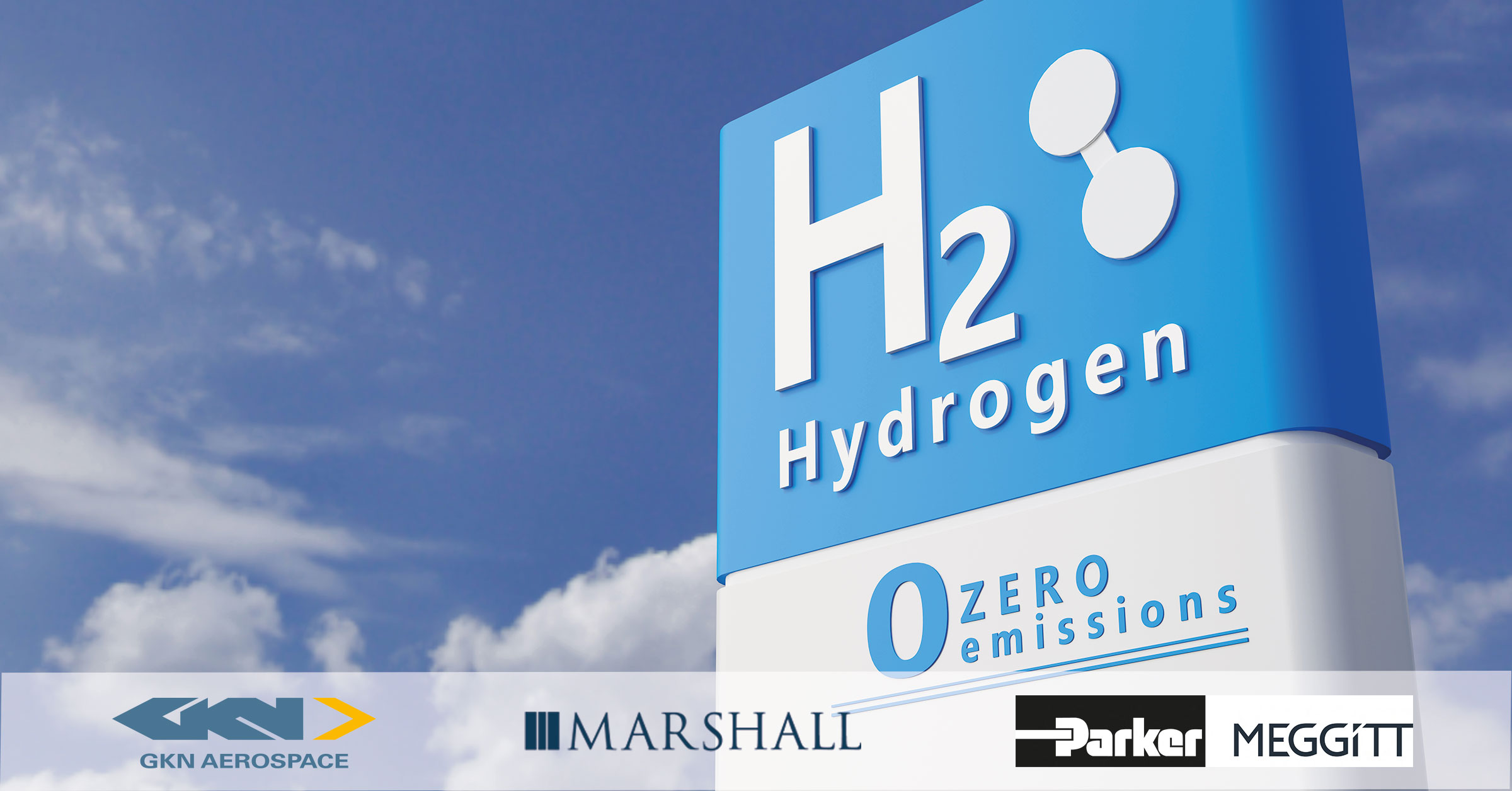 Aerospace industry supplier GKN Aerospace is joining forces with Marshall and Parker Aerospace to explore liquid hydrogen fuel systems for aircraft. The partners plan to develop a liquid hydrogen system suitable for both fuel cell and internal combustion engine aircraft.
Aerospace industry supplier GKN Aerospace is joining forces with Marshall and Parker Aerospace to explore liquid hydrogen fuel systems for aircraft. The partners plan to develop a liquid hydrogen system suitable for both fuel cell and internal combustion engine aircraft.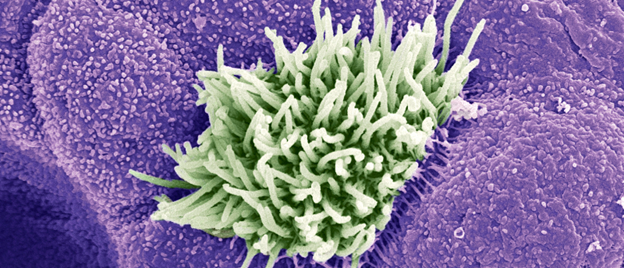
 New Zealand-based space-flight systems company, Zenno Astronautics (Zenno), has proudly announced a remarkable achievement—surpassing a staggering $75 million in product sales (equivalent to USD 48 million) for its groundbreaking innovation, the Z01™ superconducting magnetorquer for spacecraft attitude control.
New Zealand-based space-flight systems company, Zenno Astronautics (Zenno), has proudly announced a remarkable achievement—surpassing a staggering $75 million in product sales (equivalent to USD 48 million) for its groundbreaking innovation, the Z01™ superconducting magnetorquer for spacecraft attitude control. A momentous event unfolded as the world's first-ever liquefied hydrogen carrier, Suiso Frontier, graced the shores of Sultan Qaboos Port in Muscat on August 14. Proudly crafted by the renowned Kawasaki Heavy Industries (KHI), this marks the long-anticipated debut of Suiso Frontier in the Sultanate of Oman. The name "Suiso" gracefully translates to hydrogen in Japanese, encapsulating the vessel's groundbreaking mission.
A momentous event unfolded as the world's first-ever liquefied hydrogen carrier, Suiso Frontier, graced the shores of Sultan Qaboos Port in Muscat on August 14. Proudly crafted by the renowned Kawasaki Heavy Industries (KHI), this marks the long-anticipated debut of Suiso Frontier in the Sultanate of Oman. The name "Suiso" gracefully translates to hydrogen in Japanese, encapsulating the vessel's groundbreaking mission.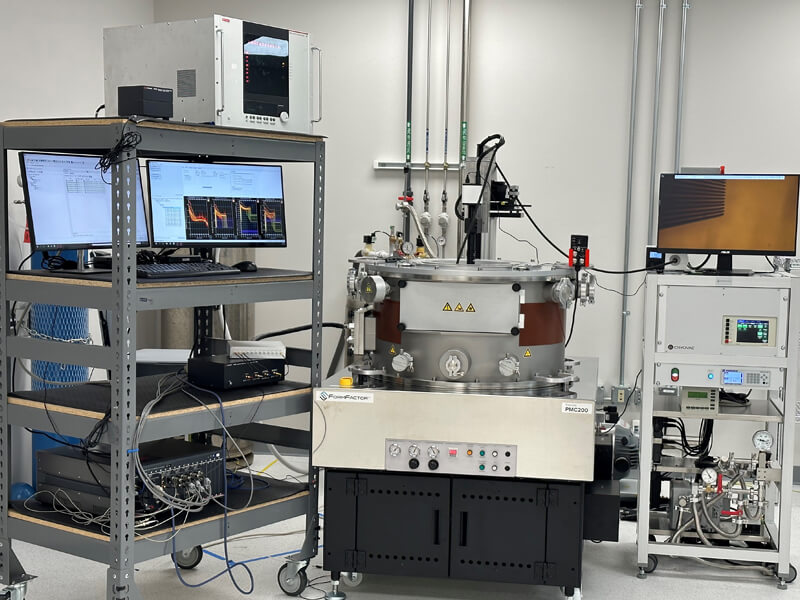 SkyWater Technology announced earlier this year the establishment of a new cryogenic lab dedicated to characterizing random telegraph signal (RTS) noise for read-out integrated circuits (ROICs). This move is aimed at addressing the crucial need to mitigate RTS noise in order to enhance image quality and performance for ROIC customers across various applications, including night vision, military surveillance and industrial and automotive thermal imaging.
SkyWater Technology announced earlier this year the establishment of a new cryogenic lab dedicated to characterizing random telegraph signal (RTS) noise for read-out integrated circuits (ROICs). This move is aimed at addressing the crucial need to mitigate RTS noise in order to enhance image quality and performance for ROIC customers across various applications, including night vision, military surveillance and industrial and automotive thermal imaging.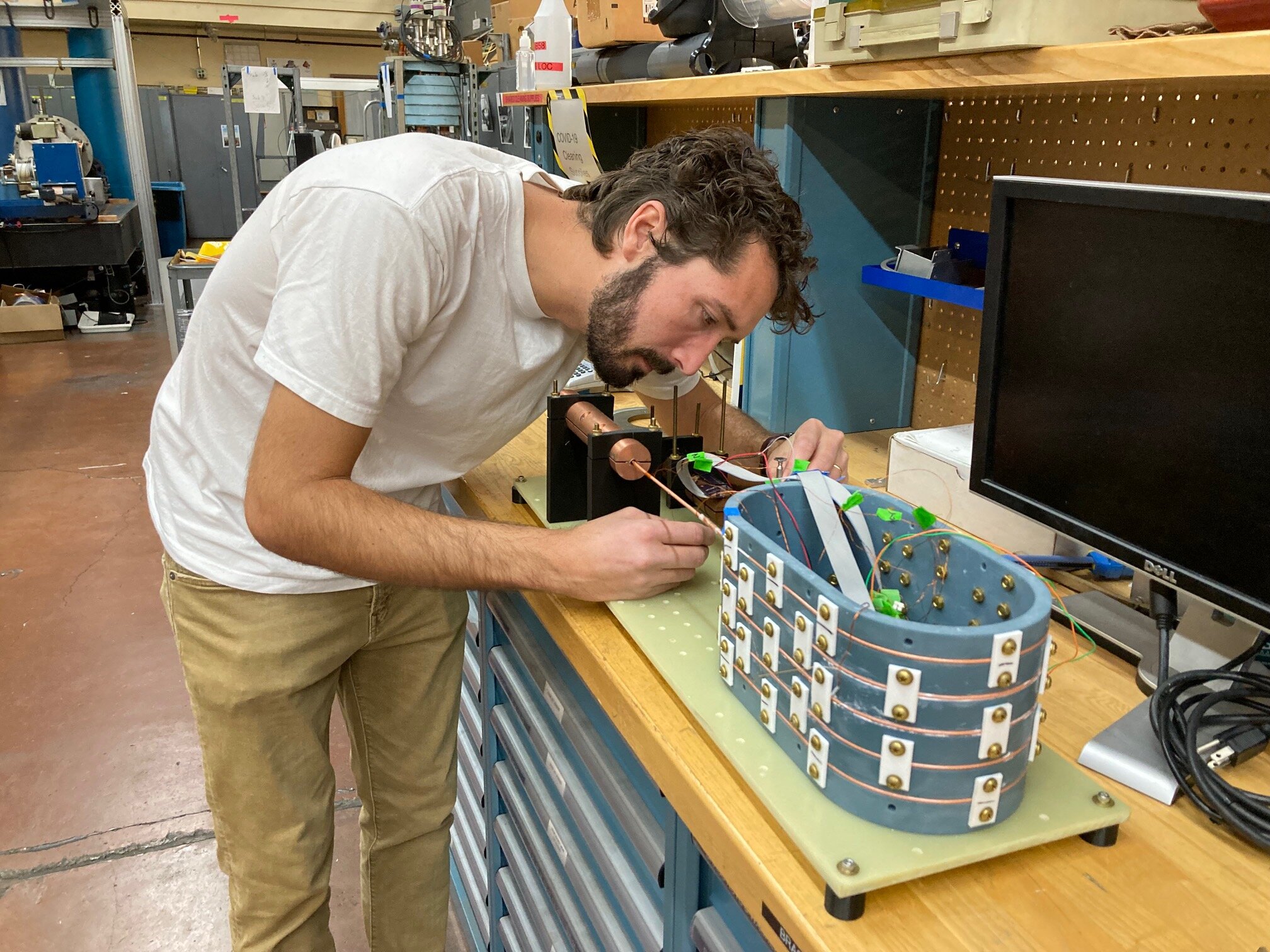 Researchers at Berkeley Lab's Accelerator Technology & Applied Physics (ATAP) Division have developed a method for detecting and predicting the local loss of superconductivity in large-scale magnets that are capable of generating high magnetic fields. These high-field magnets are a core enabling technology for many areas of scientific research, medicine and energy, where they are used in a range of applications, including in particle accelerators and colliders for high energy
Researchers at Berkeley Lab's Accelerator Technology & Applied Physics (ATAP) Division have developed a method for detecting and predicting the local loss of superconductivity in large-scale magnets that are capable of generating high magnetic fields. These high-field magnets are a core enabling technology for many areas of scientific research, medicine and energy, where they are used in a range of applications, including in particle accelerators and colliders for high energy 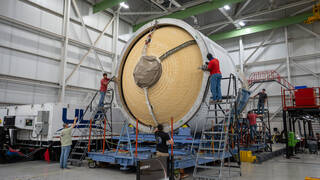 With Artemis teammates and media watching, United Launch Alliance (ULA) crews guided the interim cryogenic propulsion stage (ICPS) for NASA’s SLS (Space Launch System) rocket for Artemis III to the loading dock at ULA’s facility in Decatur, Alabama, July 31. ULA’s R/S RocketShip will transport the flight hardware to ULA’s sister facility in Florida near NASA’s Kennedy Space Center, where it will undergo final checkouts.
With Artemis teammates and media watching, United Launch Alliance (ULA) crews guided the interim cryogenic propulsion stage (ICPS) for NASA’s SLS (Space Launch System) rocket for Artemis III to the loading dock at ULA’s facility in Decatur, Alabama, July 31. ULA’s R/S RocketShip will transport the flight hardware to ULA’s sister facility in Florida near NASA’s Kennedy Space Center, where it will undergo final checkouts.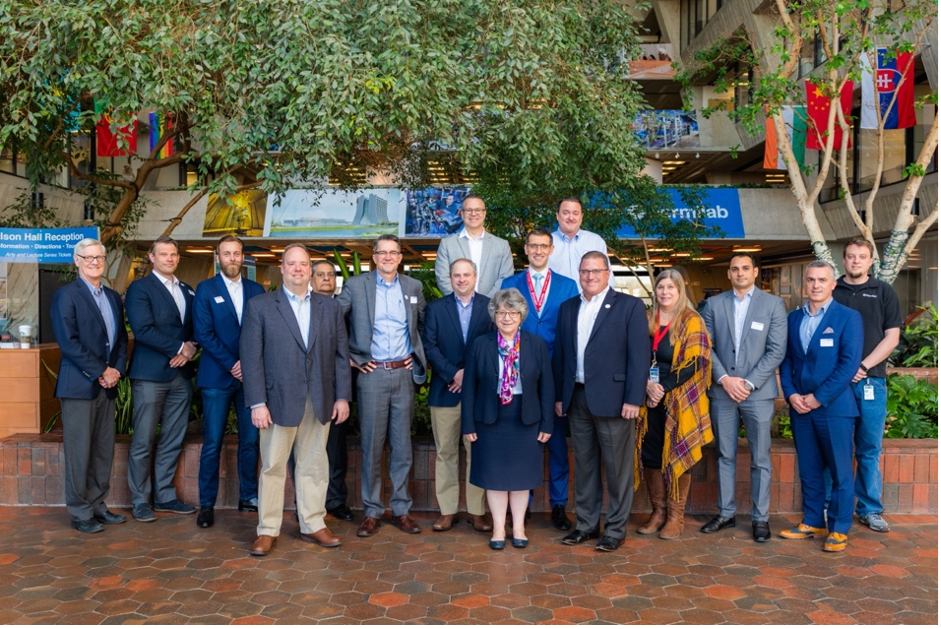 A significant milestone has been achieved in the realization of the Deep Underground Neutrino Experiment (DUNE) with the awarding of a multi-year contract for the acquisition of a large cryogenic plant. This plant will be responsible for cooling tens of thousands of tons of liquid argon, bringing the ambitious experiment one step closer to fruition.
A significant milestone has been achieved in the realization of the Deep Underground Neutrino Experiment (DUNE) with the awarding of a multi-year contract for the acquisition of a large cryogenic plant. This plant will be responsible for cooling tens of thousands of tons of liquid argon, bringing the ambitious experiment one step closer to fruition.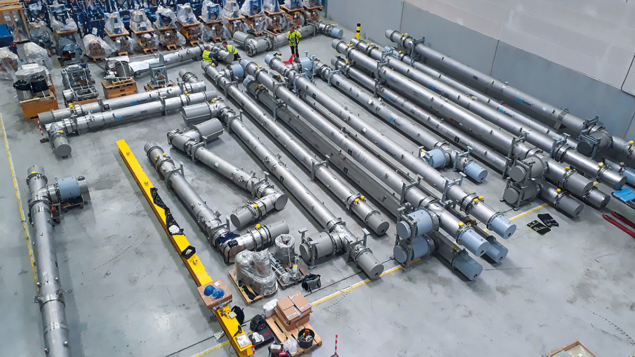 The Facility for Antiproton and Ion Research (FAIR) in Darmstadt, Germany, represents an ambitious reimagining of the GSI Helmholtz Center for Heavy Ion Research, one of Europe’s leading accelerator research laboratories. When it comes online for initial user experiments in 2027, FAIR will provide scientists from around the world with a multipurpose accelerator complex that’s built to address a broad-scope research canvas – everything from hadron physics, nuclear structure and astrophysics to atomic physics, materials science and radiation biophysics (as well as downstream applications in cancer therapy and space science).
The Facility for Antiproton and Ion Research (FAIR) in Darmstadt, Germany, represents an ambitious reimagining of the GSI Helmholtz Center for Heavy Ion Research, one of Europe’s leading accelerator research laboratories. When it comes online for initial user experiments in 2027, FAIR will provide scientists from around the world with a multipurpose accelerator complex that’s built to address a broad-scope research canvas – everything from hadron physics, nuclear structure and astrophysics to atomic physics, materials science and radiation biophysics (as well as downstream applications in cancer therapy and space science). A new green facility may be coming to Massena, NY. Air Products, an industrial gas supply company, has proposed a green hydrogen facility in Massena, according to a press release from C&S Engineers. This facility would produce liquid hydrogen by electrolysis to be used as a renewable fuel source. Project leaders explained this process in a public fact sheet. Electrolysis is a technique that uses direct current to harvest the hydrogen.
A new green facility may be coming to Massena, NY. Air Products, an industrial gas supply company, has proposed a green hydrogen facility in Massena, according to a press release from C&S Engineers. This facility would produce liquid hydrogen by electrolysis to be used as a renewable fuel source. Project leaders explained this process in a public fact sheet. Electrolysis is a technique that uses direct current to harvest the hydrogen.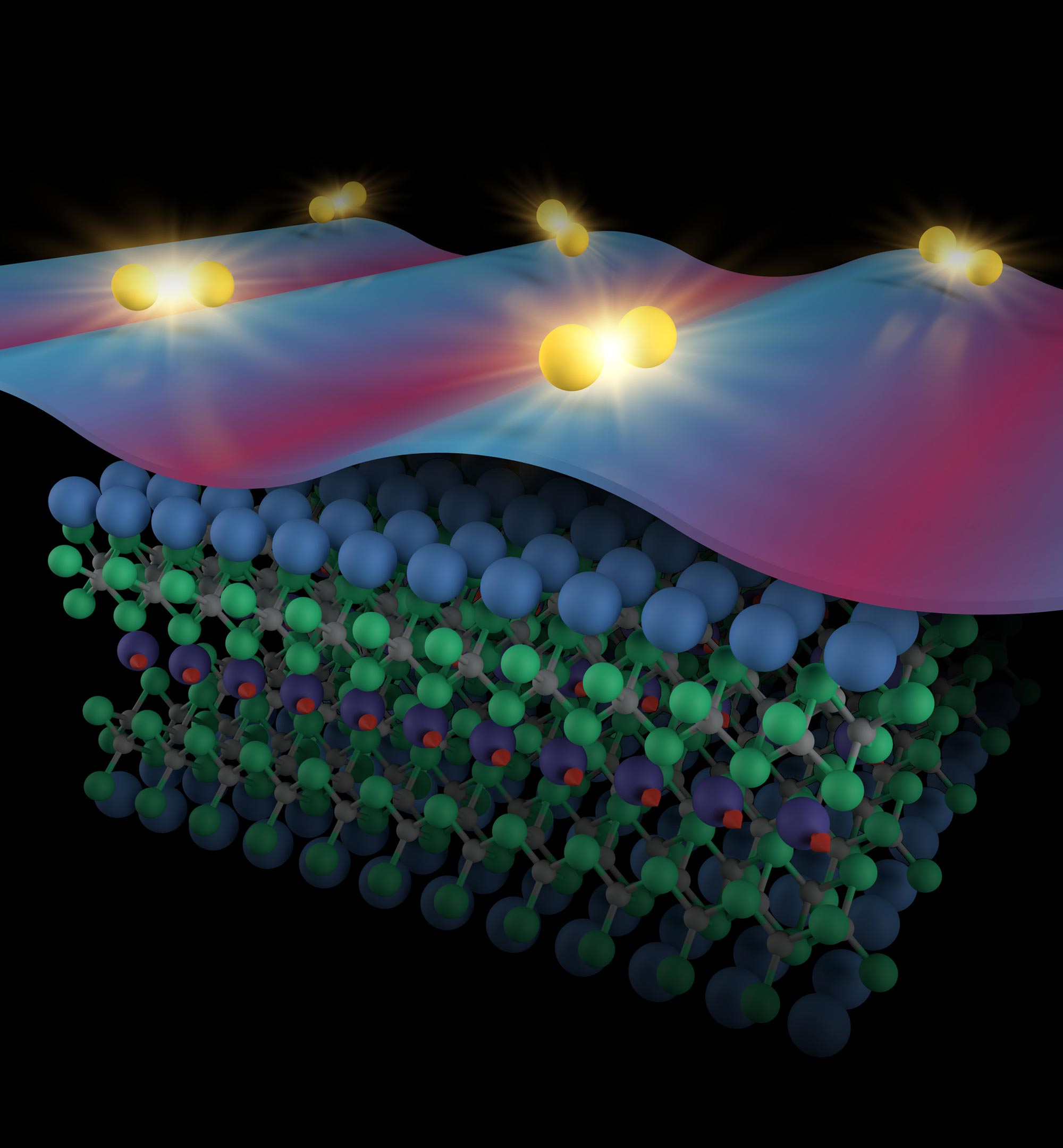 In the field of superconductivity—the phenomenon in which electrons can flow through a material with essentially zero resistance—the “holy grail” of discovery is a superconductor that can perform under everyday temperatures and pressures. Such a material could revolutionize modern life. But currently, even the “high-temperature” (high-Tc) superconductors that have been discovered must be kept very cold to function—too cold for most applications.
In the field of superconductivity—the phenomenon in which electrons can flow through a material with essentially zero resistance—the “holy grail” of discovery is a superconductor that can perform under everyday temperatures and pressures. Such a material could revolutionize modern life. But currently, even the “high-temperature” (high-Tc) superconductors that have been discovered must be kept very cold to function—too cold for most applications. Superconductivity is the property of zero electrical resistance at ultralow temperatures and was discovered in 1911 by the Dutch physicist Kamerling-Ohnes. It plays a crucial role in many industries and technologies, ranging from quantum computing to energy. “Superconductors are amazing materials which have many strange and unusual properties,” explained Joe Carroll, a Ph.D. researcher at Macroscopic Quantum Matter Group laboratory in University College Cork. “Most famously they allow electricity to flow with zero resistance. That is, if you pass a current through them, they don’t start to heat up; in fact, they don’t dissipate any energy despite carrying a huge current.
Superconductivity is the property of zero electrical resistance at ultralow temperatures and was discovered in 1911 by the Dutch physicist Kamerling-Ohnes. It plays a crucial role in many industries and technologies, ranging from quantum computing to energy. “Superconductors are amazing materials which have many strange and unusual properties,” explained Joe Carroll, a Ph.D. researcher at Macroscopic Quantum Matter Group laboratory in University College Cork. “Most famously they allow electricity to flow with zero resistance. That is, if you pass a current through them, they don’t start to heat up; in fact, they don’t dissipate any energy despite carrying a huge current. sureCore’s cryogenic SRAM is a building block for any digital sub-system, that is capable of operating from 77K (-196° C) down to the near absolute zero temperatures needed by Quantum Computers (QCs). Standard cell and IO cell libraries have been re-characterized for operation at cryogenic temperatures, thereby enabling an industry standard RTL to GDSII physical design flow to be readily adopted.
sureCore’s cryogenic SRAM is a building block for any digital sub-system, that is capable of operating from 77K (-196° C) down to the near absolute zero temperatures needed by Quantum Computers (QCs). Standard cell and IO cell libraries have been re-characterized for operation at cryogenic temperatures, thereby enabling an industry standard RTL to GDSII physical design flow to be readily adopted.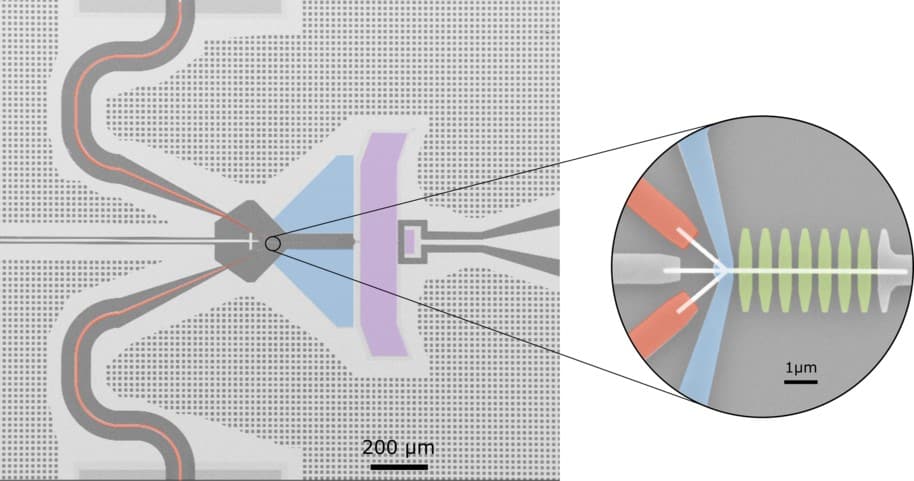 A new type of bolometer that covers a broad range of microwave frequencies has been created by researchers in Finland. The work builds on previous research by the team, and the new technique could potentially characterize background noise sources and thereby help to improve the cryogenic environments necessary for quantum technologies.
A new type of bolometer that covers a broad range of microwave frequencies has been created by researchers in Finland. The work builds on previous research by the team, and the new technique could potentially characterize background noise sources and thereby help to improve the cryogenic environments necessary for quantum technologies.![Figure 1: Phase diagram of carbon dioxide above and in the vicinity of the critical point showing the dense fluid, liquid-gas-like supercritical and the transitional (Widom) region. Figure 2: Sensitivity of isobaric heat capacity, cp is examined for 0.5 bar change of pressure at a constant temperature of 35 °C across a range of pressures above the critical point of pure CO2 [3]. Figure 3: Three possible transcritical CO2 compression pathways from 1 bara to 150 bara.[3] Credit: Matt Taher, P.E. Figure 1: Phase diagram of carbon dioxide above and in the vicinity of the critical point showing the dense fluid, liquid-gas-like supercritical and the transitional (Widom) region. Figure 2: Sensitivity of isobaric heat capacity, cp is examined for 0.5 bar change of pressure at a constant temperature of 35 °C across a range of pressures above the critical point of pure CO2 [3]. Figure 3: Three possible transcritical CO2 compression pathways from 1 bara to 150 bara.[3] Credit: Matt Taher, P.E.](https://cryo.memberclicks.net/assets/news/Figure%201-C02.jpg) Supercritical carbon dioxide exhibits anomalous behavior in the vicinity above the critical point. The Irish physical chemist Thomas Andrews (1863) was the first who studied the supercritical behavior of carbon dioxide. He explained his observations of the fluid state above the critical point as follows: “…the surface of demarcation between the liquid and gas became fainter, lost its curvature, and at last disappeared, the tube being then filled with a fluid which, from its optical and other properties, appeared to be perfectly homogeneous [T. Andrews, Jan. 1870]”.
Supercritical carbon dioxide exhibits anomalous behavior in the vicinity above the critical point. The Irish physical chemist Thomas Andrews (1863) was the first who studied the supercritical behavior of carbon dioxide. He explained his observations of the fluid state above the critical point as follows: “…the surface of demarcation between the liquid and gas became fainter, lost its curvature, and at last disappeared, the tube being then filled with a fluid which, from its optical and other properties, appeared to be perfectly homogeneous [T. Andrews, Jan. 1870]”. 